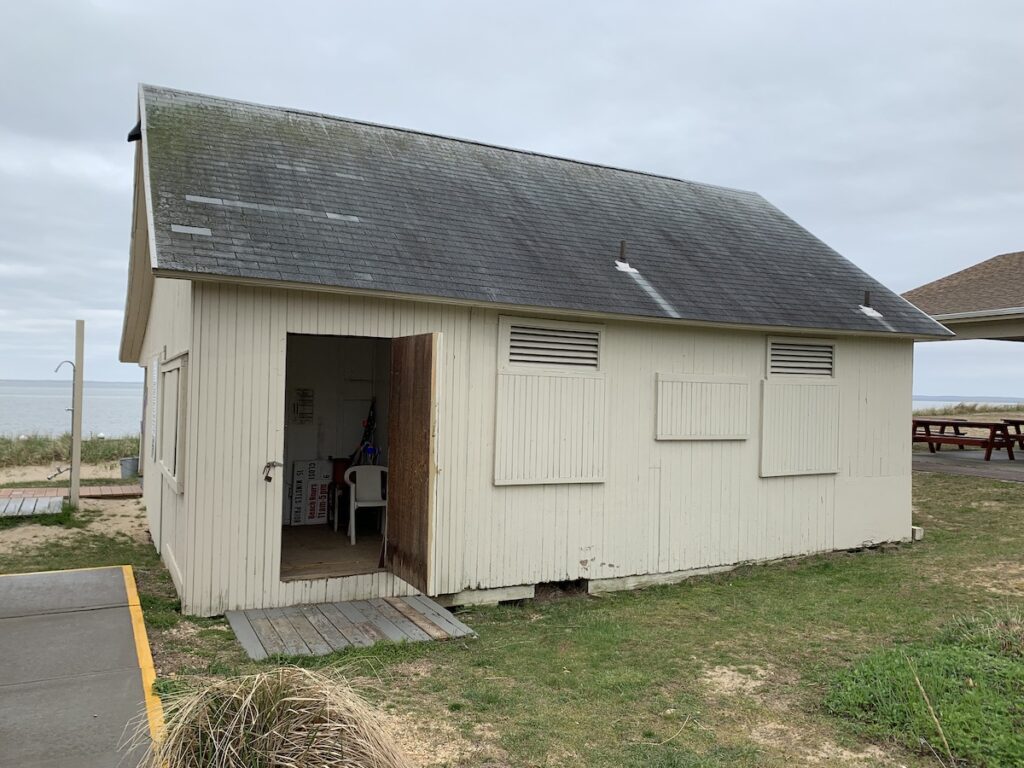Peconic Estuary Partnership seeks CPF money from towns

Should Southold Town allocate a portion of its Community Preservation Fund revenues to help the Peconic Estuary Partnership?
The organization, which works to protect the waterways and wetlands surrounding Peconic Bay, has asked all five towns on the East End to chip in, with the goal of matching its federal allocation of $700,000 over three years.
“We’re looking to towns to assist us with funds that can be used operationally for the program as well as for the ongoing water quality work and habitat work that we do around the Peconics,” PEP executive director Joyce Novak explained to the Town Board during a work session Tuesday.
Under the proposal, towns would participate by contributing a phased-in share of their CPF revenues directly to PEP. The funding requests are proportional to the total amount generated by the fund in each town, with Southampton and East Hampton contributing the highest amount, followed by Southold, Riverhead and Shelter Island.
Southold’s initial contribution would be $24,500 and ultimately grow to $49,000, according to the plan Ms. Novak presented Tuesday.
She said Southampton has already pledged its support and is slated to contribute $206,850 this year. Ms. Novak said she plans to make the pitch to other towns in the coming weeks. “[The East End towns are] all part of the same watershed,” Ms. Novak said. “It is the reason that we love the East End.”
Town Supervisor Scott Russell, who is a member of the PEP’s policy committee, said the town has been reluctant to use CPF monies for water quality projects.
A recent change in state law allows the towns to allocate up to 20% of their annual CPF revenue to water quality improvement projects. Previously, towns were limited to using the funds for protecting farmland and open space.
“The South Fork gets a lot of revenue and they really don’t have a lot to preserve left, whereas in Southold Town, there’s a substantial amount of farmland and open space and a very active program,” Mr. Russell said.
He said the town could alternatively support the buy-in by making the allocation to PEP through the town’s general budget process. “We have obligations to the East End community. We share the same estuary,” the supervisor said, indicating he supports the measure.
Board members Jim Dinizio and Sarah Nappa said they support using the CPF.
“Although we do have a lot of land to protect, we also need to be looking at our watershed, at our bays to be protected,” Ms. Nappa said, adding that she thinks the allocation would be reasonable and wouldn’t negatively impact the land preservation budget. “It’s a good use of the funds.”
According to figures released by Assemblyman Fred Thiele’s office, Southold generated $9.75 million in CPF revenues in 2020, up from $7.41 million in 2019. Since its inception in 1999, the CPF has generated more than $1.6 billion to protect over 10,000 acres of land on the East End.








